#the balkans
Text
let's make it clear: if i say 'step on me' i don't mean it in a sexualised western way, i mean it in a 'my back hurts and someone walking on it will solve it' balkan style kind of way
1K notes
·
View notes
Text

Mother Teresa’s statue at Tirana International Airport, Albania 🇦🇱🙏✝️
In Albania for a few days, managed to get a cheap flight, £46 return from Edinburgh. Arrived last night so not seen much as yet, jumping on a bus to go to the World Unesco Heritage site of Berat, then back to Tirana on Thursday till Saturday.
24 notes
·
View notes
Text
interact with this post in some way for me to randomly* assign you a country, territory, autonomous zone, or other region to research and follow current events for in 2024
Some clarifications before we get started
I'm using a random list generator to come up with these assignments so micronations won't be included
Everyone SHOULD be learning what they can about the genocide being inflicted against Palestinians and the Israel vs Palestine conflict more broadly, so for that reason I want everyone to treat Palestine as another country to learn more about in addition to the one I assign
interacting with this post in any way will be treated as an invitation to given you an assignment, this includes interacting exclusively to tell me NOT to do so
There's no set deadlines for turning anything in; if you wanna send new findings each week you're welcome to do that but you can also submit them monthly or even compile them to release at the end of 2024
Multiple interactions via the same blog won't lead to multiple assignments unless you explicitly ask for more
While I'm not going to explicitly require or forbid you to use specific sources I'd encourage you to look at sources both from within your assigned nation as well as from those outside of it, and in general be aware of fact checking and whatnot
*and some clarification: this won't be entirely at random because I'm going to generally try to avoid assigning anybody their own country...but like if you don't have it in your bio I'm not gonna ask what it is I'll just not worry about it when giving you your assignment
#nations of the world tournament#free palestine#tournament host#Can't tag all the places#North America#South America#Asia#Europe#Central America#the middle east#Africa#Oceania#Australia#Antarctica#Scandinavia#The baltics#The Balkans#The nordics#South asia#East asia#I at least tried to get a good mix of regions tagged
15 notes
·
View notes
Text
107 notes
·
View notes
Text
"You're so romantic"
Thanks, I grew up watching Telenovelas with my grandma!
#balkan#things#the balkans#eastern europe#romania#telenovelas#spanish#latin language#my grandma#i hate when westerners shit on telenovelas#that's my childhood#latin countries#spain#mexico#brazil#colombia#argentina
60 notes
·
View notes
Text
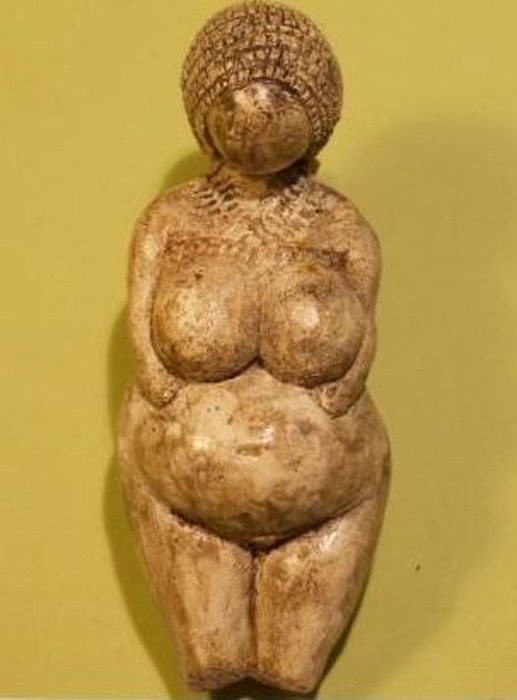
"The so-called "Venus of Kostenki" was recovered from one of the Paleolithic sites on the Don River in Russia. Several figurines from this area share the same traits and indicate a single goddess who is encountered not just in Russia but throughout prehistoric Europe and the Near East.
Her commonalities in so many figurines include the largeness of breasts, belly, thighs, and buttocks; a globe of a head with closely plated hair or more likely a knitted cap; and arms folded under breasts.
Of subtler recurrence, least often remarked upon but of signal importance, is how often her head is tipped downward, not skyward, for the afterlife is not in the sky but in her own womb, the womb of the fatted earth. She is additionally faceless, as the Goddess in her wholeness is unknowable.
This is the standard appearance of the Kostenki goddess figurines; but how nearly identical she is to prehistoric figurines from France to Israel is what startles. It is now known that a series of prehistoric societies were extremely far-ranging in their influences, amounting to a vast society of roaming hunter-gatherers.
The last of these cultures has been named the Gravettian, the mammoth hunters who built sturdy shelters of mammoth bones to stand against even Ice Age storms, or dwelt in caves or semi-underground habitations. They were not a settled culture but did have centers revisited seasonally or periodically, ritual sites or encampments along the trails of migratory animals.
Gravettian art dates from 25,000 to 20,000 BCE or older in Europe (and the Kostenki sites in use from about 37,000 BCE). This surprisingly was a unified culture that lasted a minimum of 5,000 years, with lingering elements until 17,500 BCE, and influences on the following Epigravettian era in Spain, Italy, France, the Balkans and Ukraine.
Their goddess figurines were small because a nomadic existence required portability. When the Ice Age ended, Gravettian culture begins its slow fade into settled agricultural societies, the first cities, the earliest of which still created heavy-set faceless goddess figurines."
~ Jessica Amanda Salmonson
#Venus of Kostenki#Jessica Amanda Salmonson#sacred ways#ancient ways#Goddess#Paleolithic#Don River#Russia#Europe#goddess figurines#Gravettian Culture#25#25000 to 20000 BCE#37000 BCE#Epigravettian#Spain#Italy#France#the Balkans#Ukraine
19 notes
·
View notes
Text
albania is always ALWAYS gonna bring a balkans banger and thats that
22 notes
·
View notes
Text
" Europe will pay for what they did to Moldova in ESC 2022. Croatia coming second will bring peace to the Balkans."
#AHASAHHIHCDUHCSDV#croatia#esc#esc2023#eurovision#eurovision 2023#esc 2023#cha cha cha#eurovision song contest#esc croatia#let 3 mama sc#balkans#eastern europe#bosnia#traditional clothes#bulgaria#romania#the balkans#balkanija#albania#italy#portugal#netherlands#spain#europe#germany#southern europe#france#eurovison 2023#eurovision 2022
9 notes
·
View notes
Text
A You Tube Video and some comments.
youtube
So the comments on this dub of a 4chan shit post are fucking gold. Have a look.










#Chinese#china#Europe#poland#politics#germany#spain#france#russia#the balkans#SEAsia#south east asia#Rome#source: 4chan#video#Youtube
9 notes
·
View notes
Text

A child of a vampire and a human. Without the weaknesses of vampires, but still decidedly unnatural. Some regions say they are short-lived and soft-bodied with fragile bones.
#BriefBestiary#bestiary#digital art#fantasy#dhampir#half vampire#folklore#legend#the balkans#balkan folklore#balkan legend#vampire legend#undead#vampire hunter#myth#mythology
15 notes
·
View notes
Text
eastern european parents don't apologize. they start to act all nice and sweet all of a suden
#romanisme#eastern europe stuff#eastern european#eastern europeans things#eastern europe#balkan#the balkans#balkans#the baltics#slavic#romanian childhood
862 notes
·
View notes
Text
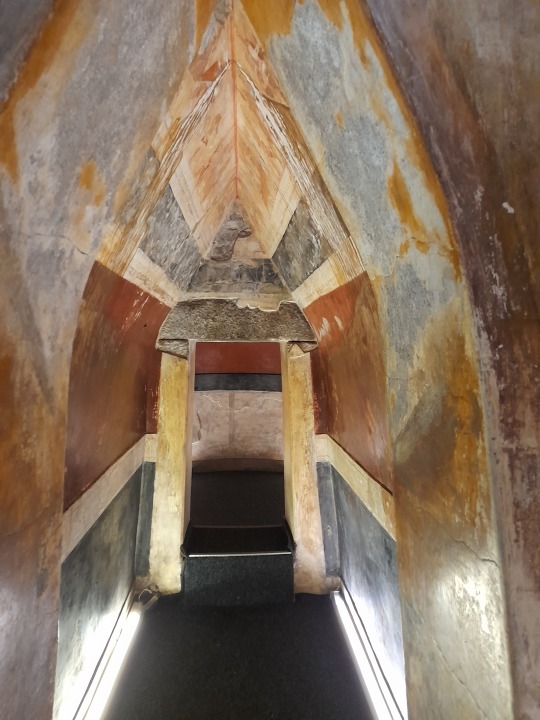





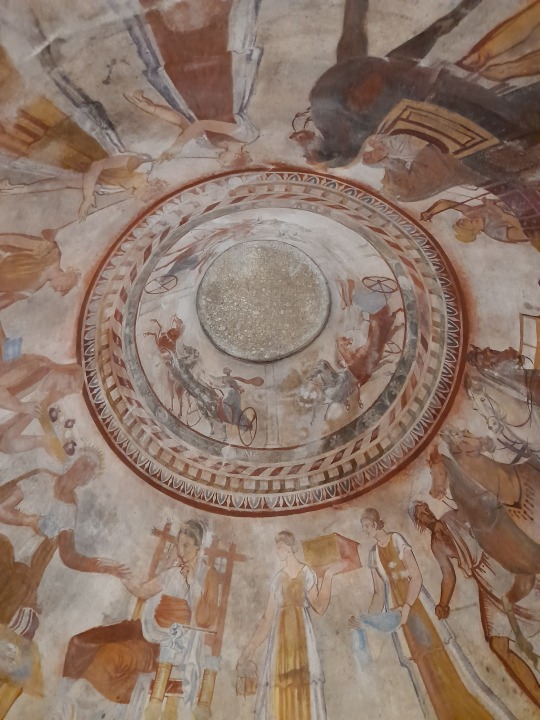
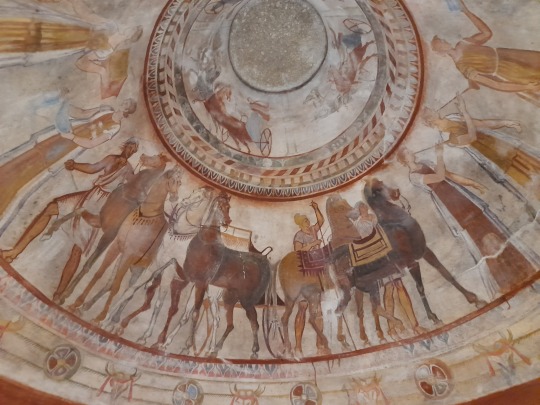

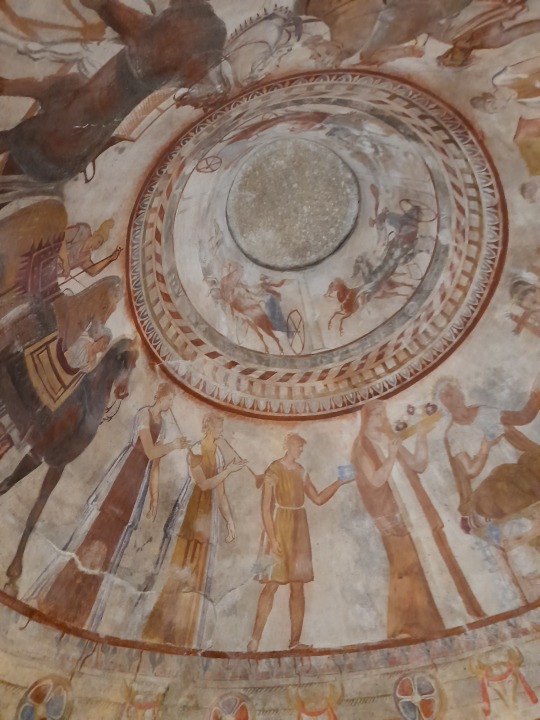
Inside the replica of the Thracian tomb of Kazanlak, Bulgaria.
#thracian#thracian civilization#valley of the thracian rulers#tomb#tholos#fresco#ancient art#Kazanlak#Bulgaria#the balkans
5 notes
·
View notes
Photo

Skradinski Buk waterfall, Krka National Park, Croatia
33 notes
·
View notes
Photo
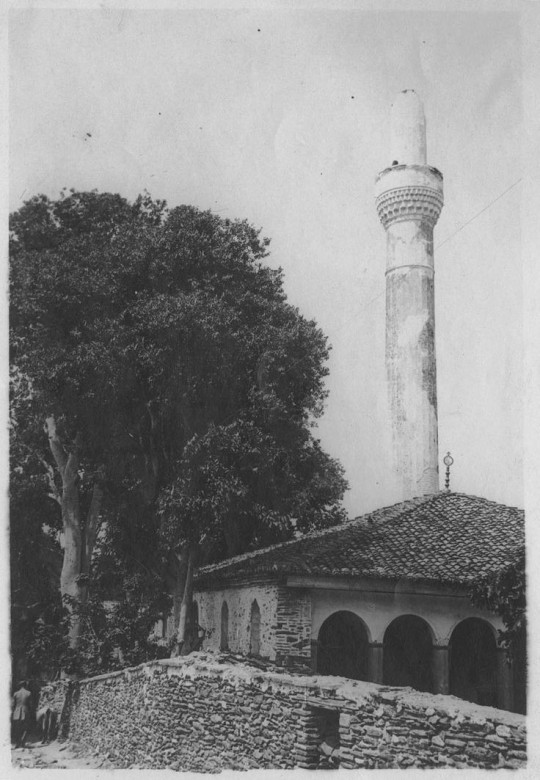
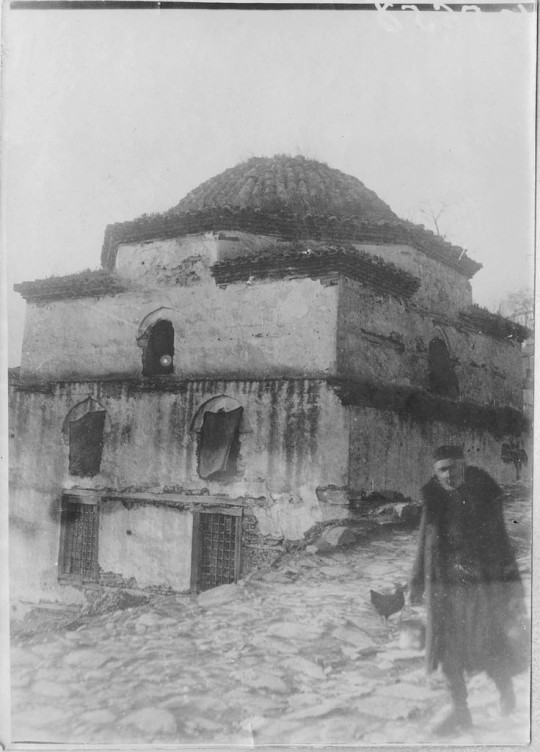
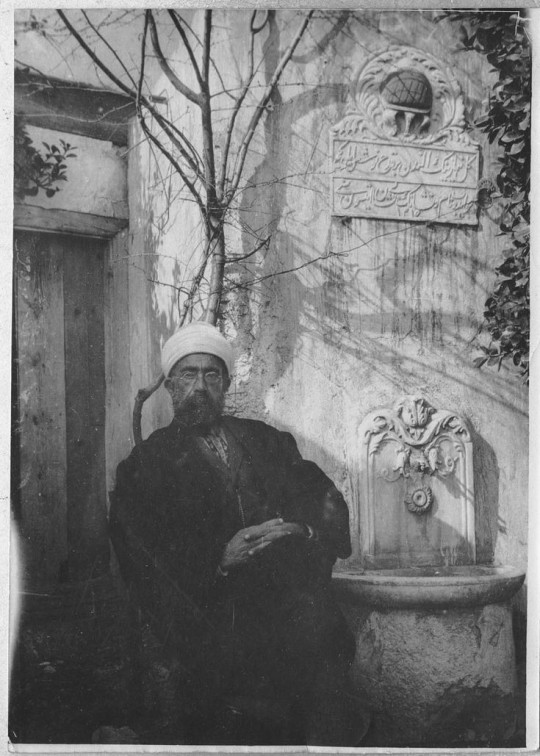
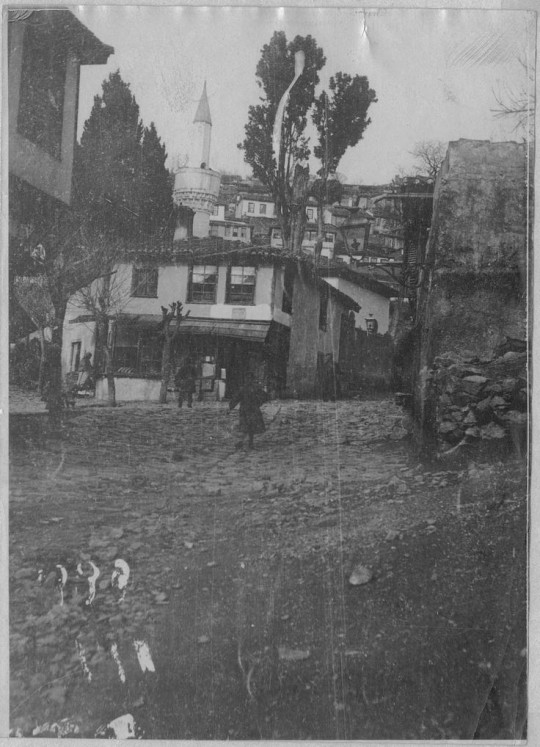
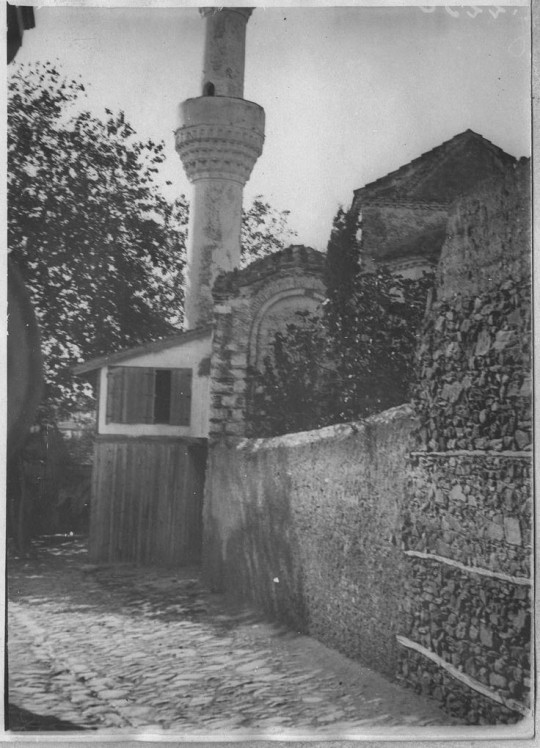



“ Salonica ceased to be an Ottoman city in November 1912. The capital city of Macedonia had been annexed by the Kingdom of Greece at a time when most of its population was non-Greek. Here, then, the main assignment was to obliterate the Ottoman heritage and to reinvent the Greek antecedents of the city.
In Salonica, various events facilitated the task of the Greek administration. One major factor of urban reorganization was the big fire of August 1917 which destroyed 9,500 buildings, or approximately two thirds of the city. When the reconstruction process came to an end in the 1930s, nothing much remained of the urban pattern as it had been shaped during the last decades of Ottoman presence. Many Jews had lost their property in downtown Salonica and had been forced to move to suburban quarters. When one looks at photos of the 1930s, one easily remarks that the city had lost, by then, its Oriental character. No minarets in view. No intricate streets. A rigid grid of avenues and lanes arranged following a chequered pattern had replaced the playful Ottoman city.
While the reconstruction process was going on, efforts were also made to resuscitate the Greek and Christian heritage of Salonica. The Hébrard plan foresaw highlighting of the main monuments of the city through a strategy of destruction of environing constructions and isolation of edifices of historical interest. Thus, small Byzantine churches, which had survived thanks to their invisibility, were transformed into major landmarks. In parallel, public squares were populated with statues of Greek national heroes and the façades of the buildings all around were covered with typically 'Greek' ornamental motifs, although remaining faithful to Hamidian neoclassicism.
After the departure of the Turks, the new image of Salonica drew mainly on the Christian and neo-Hellenic past of the city. But, like in other places in Greece, antiquity was also considered a major component of the city's memory. Although not much was done to revive ancient Salonica, subsequent to pioneering archaeological research by the French 'Armée d'Orient' between 1916 and 1919,24 some attention was nevertheless given to prominent late-Roman monuments such as the Rotunda, the Palace and Arch of Galerius, and the Agora.”
Source: Durmont, Paul. Salonica and Beirut: The Reshaping of Two Ottoman Cities of the Eastern Mediterranean, p. 195, 196, 197
#turkey#türkiye#macedonia#greece#yunanistan#salonica#thessaloniki#selanik#balkan#makedonya#balkanlar#the balkans#rumeli#architecture#mimari#history#turkish history#tarih#türk tarihi#osmanlı tarihi#ottoman history#jewish#mediterrenian#old#eski#old photography#balkan türkleri#the great fire of thessaloniki 1917#turkish#turk
8 notes
·
View notes
Text
Sidewalk inspiration
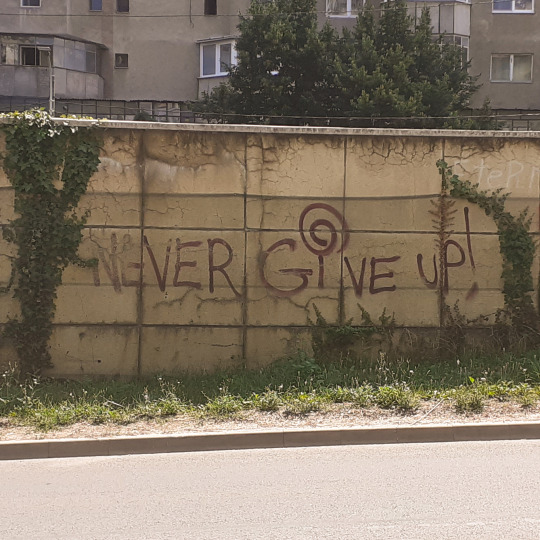
#never give up#sidewalk#wall decor#streetart#graffityart#graffiti#life quotes#spilled ink#spilled words#poets#inspiring quotes#eastern europe#the balkans
29 notes
·
View notes
Text
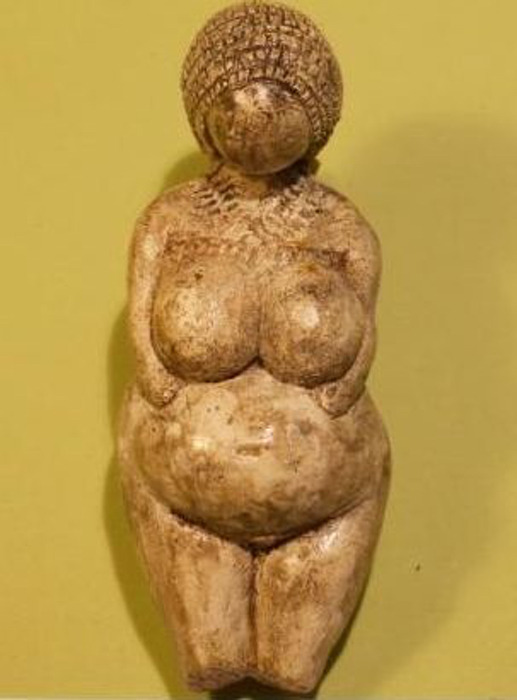
"The so-called "Venus of Kostenki" was recovered from one of the Paleolithic sites on the Don River in Russia. Several figurines from this area share the same traits and indicate a single goddess who is encountered not just in Russia but throughout prehistoric Europe and the Near East.
Her commonalities in so many figurines include the largeness of breasts, belly, thighs, and buttocks; a globe of a head with closely plated hair or more likely a knitted cap; and arms folded under breasts.
Of subtler recurrence, least often remarked upon but of signal importance, is how often her head is tipped downward, not skyward, for the afterlife is not in the sky but in her own womb, the womb of the fatted earth. She is additionally faceless, as the Goddess in her wholeness is unknowable.
This is the standard appearance of the Kostenki goddess figurines; but how nearly identical she is to prehistoric figurines from France to Israel is what startles. It is now known that a series of prehistoric societies were extremely far-ranging in their influences, amounting to a vast society of roaming hunter-gatherers.
The last of these cultures has been named the Gravettian, the mammoth hunters who built sturdy shelters of mammoth bones to stand against even Ice Age storms, or dwelt in caves or semi-underground habitations. They were not a settled culture but did have centers revisited seasonally or periodically, ritual sites or encampments along the trails of migratory animals.
Gravettian art dates from 25,000 to 20,000 BCE or older in Europe (and the Kostenki sites in use from about 37,000 BCE). This surprisingly was a unified culture that lasted a minimum of 5,000 years, with lingering elements until 17,500 BCE, and influences on the following Epigravettian era in Spain, Italy, France, the Balkans and Ukraine.
Their goddess figurines were small because a nomadic existence required portability. When the Ice Age ended, Gravettian culture begins its slow fade into settled agricultural societies, the first cities, the earliest of which still created heavy-set faceless goddess figurines."
~ Jessica Amanda Salmonson
#Venus of Kostenki#figurine#ancient ways#sacred ways#goddess#goddess figurines#Gravettian culture#Jessica Amanda Salmonson#Paleolithic#Don River#Russia#Kostenki goddess figurines#37000 BCE#Epigravettian era#Spain#Italy#France#The Balkans#Europe#Prehistoric
3 notes
·
View notes